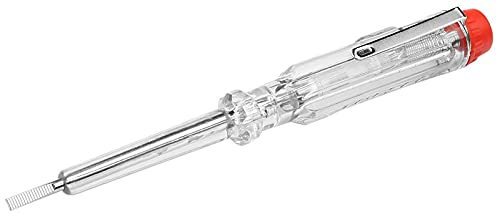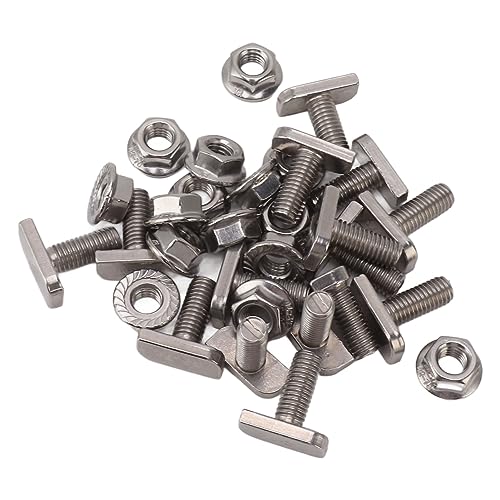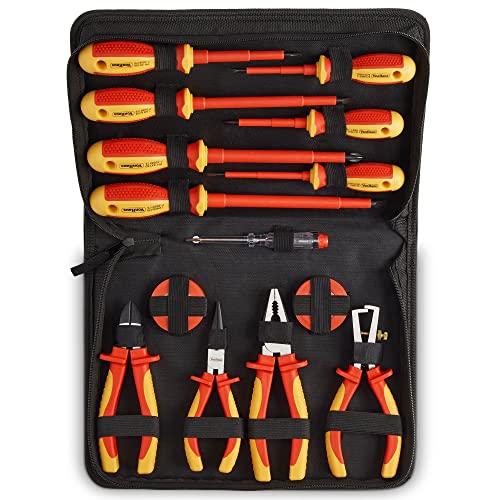Could someone also be extra patient and tell me why exporting the earth from the house is so bad - I've read some other posts about this subject, but still don't quite grasp it!

Cheers
Nat
If you consider electricity as a physical lump of "something" (current) that leaves the supply transformer, then it has to return to the transformer to balance things out, normally via the neutral wire.
If there is a break in the neutral wire, then there is no return path for the current and the system cannot balance.
However, at the transformer one end of the supply winding is connected to true earth. (In real life it is a three-phase transformer and the star point is connected to earth but it is easier to picture a single-phase transformer with one end connected to earth.)
The neutral wire is also connected to earth (staked) at regular intervals along its path but not neccessarily at each outlet point (think - your house), maybe just once or twice per street.
If a break occurs in the neutral, current will now flow from the transformer to your house, through your equipment, back down the neutral as far as the break. It will then flow down the nearest earthing point (one or more of the stakes), through the mass of the earth, and back up the earthing point (stake) at the transformer. Thus, the system is balanced.
If the nearest neutral stake to your house is four doors away and the neutral breaks three doors down then there is no return path for the current - there is no earth path for it to travel along.
Now comes the dodgy bit (and the important thing to remember is that your neutral and your internal earth are connected together at the supply head).
If you connect the neutral to true earth at your house, for instance by banging in your own earth rod, the current now has a way to get home - down your own earth connection and back to the transformer.
But your three neighbours, who also suffer from this break in the neutral, have the same problem. The only way their current can get home is onto the neutral wire, along to your property and then onto your earth connection via the connection in the head. And we're not talking fault current here, it's ALL of the electricity they use that will return via your earth.
You would not normally bang in an earth rod at your house when you have PME so this problem does not occur. However, if you take power to the shed and decide to drive your own earth rod, you should not connect it to the earth at the house.
In the above (broken neutral) scenario, what would happen is that all your, and your neighbours, electricity would flow down your connecting wire, into the rod by the shed and, finally, back to the transformer via the mass of the earth. Imagine how large a connecting wire you would need to handle all that current - basically the same as distributors neutral wire!
Even if you don't knock your own rod in, if you have, say, a copper water pipe supplying the shed and you bond your earth to it, that copper pipe effectively becomes your earth rod and has to handle all that current.
So, the general rule seems to be:-
It is OK to export the PME earth if there are NO extraneous paths to earth at the shed (and no rod, of course)
or
Just take live and neutral to the shed, and if using SWA, connect the wire shield to the house end ONLY (to protect the cable - remember, it is sheathed in plastic so the wire doesn't touch the earth). Bang in your rod and connect it the the shed wiring only.
As a side note, even the IEE don't trust PME! You must not export a PME earth to equipment used in conjunction with an outside swimming pool, a TT earth MUST be provided.
And after four glasses of wine, I hope all this waffle makes sense.

(Makes Specs' posts look positively tiny. :^O :^ O)

































































